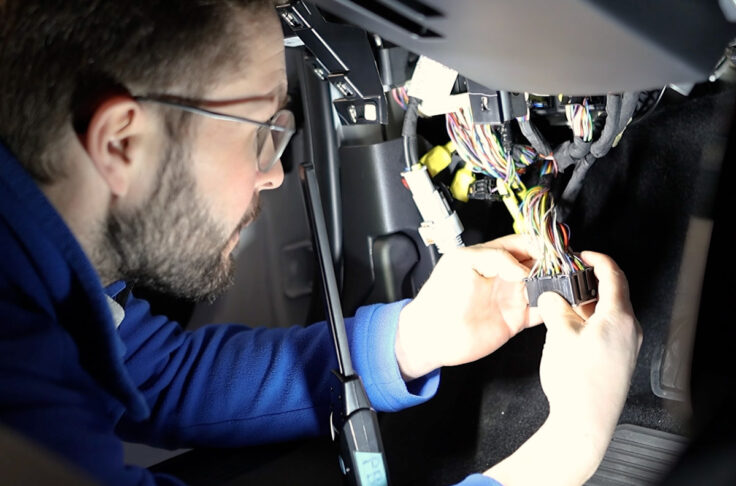Insights Interview on the Mexican Car Sharing Market
Summary
Mexico is the smallest but promising car sharing market in North America. A few pioneering operators such as Punto, Beepy, Drivana, Keko, and Mazmobi are currently active in Mexican car sharing.
We interviewed Dagoberto Cedillos, Founder & CEO of Punto, about car sharing in Mexico, Punto’s business model, choosing the right vehicle and vehicle experience, as well as how to take car sharing in Mexico to the next level. Punto is a Mexican car sharing service that focuses on gig workers by offering vehicles for their work at Uber or DiDi. Their customers can book their vehicles either short-time (hours) or long-time (days & weeks).

The car sharing industry is complex, featuring a diverse range of business models implemented on the streets. Operators employ various strategies, such as station-based services, peer-to-peer carsharing, and free-floating services, to address distinct use cases and offer distinct services. In addition, the North American car sharing market is one of the largest in the world. To address and explain some of these complexities, INVERS recently published an quality report on “Car Sharing in North America”. This free-of-charge, 50-page report helps car sharing operators quickly understand key market dynamics, insights, and trends.
Our report also highlights statistics and findings from the Mexican, as well as the US and Canadian markets. To shed light on some of the Mexican market specifics, we therefore were very happy to sit down with Punto’s Founder & CEO, Dagoberto Cedillos, for this interview.
How would you describe the Mexican car sharing market?
Car-sharing in Mexico is still in early days. Mexico is a broad country with various large cities. Only a few have a population density that hit the sweet spot for car-sharing, such as Mexico City. Therefore, car sharing has not yet been a concept that has been widely adopted. The use case for Punto is slightly different to traditional car sharing however, as we focus on providing a tool for work rather than just a medium for travel.
How does Punto work? Can you explain your focus on gig economy workers to us?
Punto offers a fleet of vehicles available for short or long term hire with the purpose of being used to work as a driver in rideshare and/or delivery platforms. The characteristics of the vehicles, pricing and user experience are all tailored for this specific use. Punto aims to maximize profit generation for these driver customers by leveraging economies of scale in fleet acquisition, maintenance and insurance as well as by having a dedicated team and fleet with characteristics suited for this end use.
A reason why car-sharing is a good fit with the gig economy use case is that drivers relying on this source of income need to minimize the down-time of their vehicle as much as possible. Occupancy and driven kilometers in each of our vehicles is much higher than for a traditional car-sharing fleet, and therefore maintenance, wear and tear naturally as well. If a customer experiences an issue with their vehicle, they have the possibility of swapping and working without interruption. Of course, additional wear and tear is priced in our offering, but the reduction of down-time is key and far outweighs this cost premium.
How do you select your vehicle models and what’s your experience with them?
Because of our use case, we put a lot of focus into choosing vehicles that are extremely reliable and safe for our driver customers as well as their passengers. We purchase vehicle models that have been truly tried and tested, and which have spare parts that are broadly available.
We also install a CNG (compressed natural gas) retrofit for fuel cost reduction on our entire ICE fleet and therefore take into account various technical engine requirements. We’ve learned through experience that very novel vehicle models are not optimal to operate in car-sharing as technical issues and delayed sourcing of parts can affect your business’ profitability.
What can be done to take car sharing in Mexico to the next level?
I believe available technologies are already at a level which make the customer experience very efficient, both from the vehicle hardware (sharing and telematics) and the customer (smartphone and digital payments) side of things. Greater adoption will naturally come as cities grow and develop, and as the market demands it.
Further insights into the Mexican car sharing market
Thank you, Dagoberto, for your great insights.
For more information and interesting findings about North American car sharing, we encourage readers to check out our 50-page Car Sharing in North America white paper. To learn more about Punto, please check out their website.


